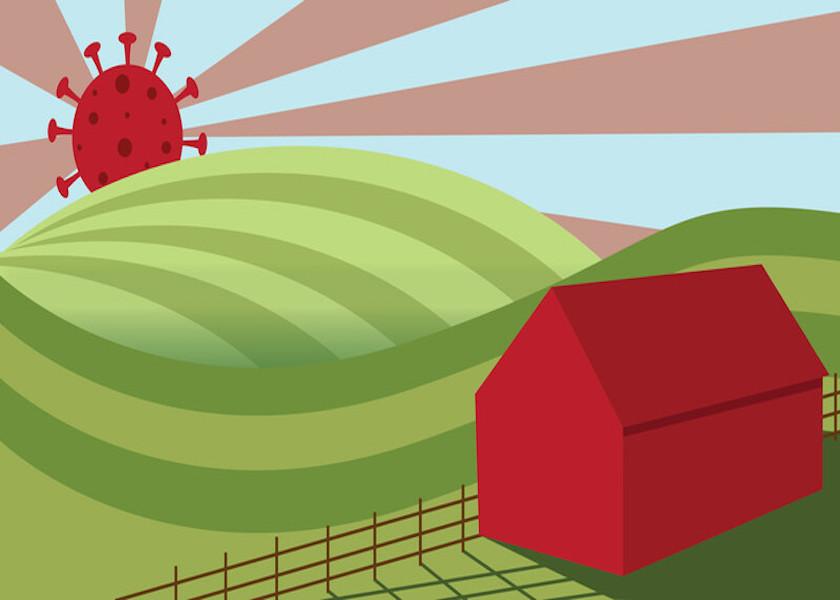COVID Infections Drop, But 95% of U.S. Still in 'Red Zone'

The ongoing pandemic shows signs of waning—at least for now. In just the past week, rural America has seen the rate of new COVID cases drop more than 40%, falling to its lowest level since early January.
“The numbers are going down, and we’re seeing the removal of some federal and state regulations on what you can or can't do as a result,” reports Alan Morgan, Chief Executive Officer of the National Rural Health Association.
That doesn’t mean people need to throw caution to the wind, he adds. “If you don't have COVID circulating within your community, that's great. And if you do, then continue to take precautions,” Morgan advises. “The responsibly is on each of us to continue paying attention to what's happening in our respective areas.”
New Infections
The number of new cases of COVID is still significant. Ninety-five percent of U.S. counties, both rural and urban, remain in the so-called red zone, which is defined by the White House as having 100 or more new infections over a one-week period.
In addition, the deaths reported as COVID-related are still high – 2,500 a day. That’s more than at any point of the pandemic except last winter, according to analysis by the New York Times.
Alabama, Kentucky and West Virginia have the country’s highest numbers of recent hospitalizations per capita.
“Data from the Centers for Disease Control show that some small towns are still seeing significant surges,” Morgan says. “In those small towns with a large unvaccinated population, the risk is still there.”
He encourages rural residents to tap into remote medical options that can connect them with physicians.
“Many times you can get help in the privacy of your own home, thanks to telehealth options, and make sure you’re taking care of yourself,” he notes.
Health Professionals Struggle
Morgan says the toll on doctors and nurses and other members of the medical community in rural America is significant. "It's been a lousy couple of years for our health-care workers," Morgan says.
The pandemic has put significant stress on rural health-care facility resources, both in people and monetarily.
"It's really important for state and federal officials to recognize what's happening in their small-town hospitals right now," he says. "We're going to have to see some form of short-term financial assistance just to keep the doors open. I'm really worried we're going to see a tremendous amount of rural hospitals close in the fourth quarter of this upcoming year."
To listen to Morgan’s complete health-care discussion with Davis Michaelsen, AgriTalk guest host, click here:
Omicron’s Effect on Food Demand and The Supply Chain
Vilsack Shares Top Three Priorities








